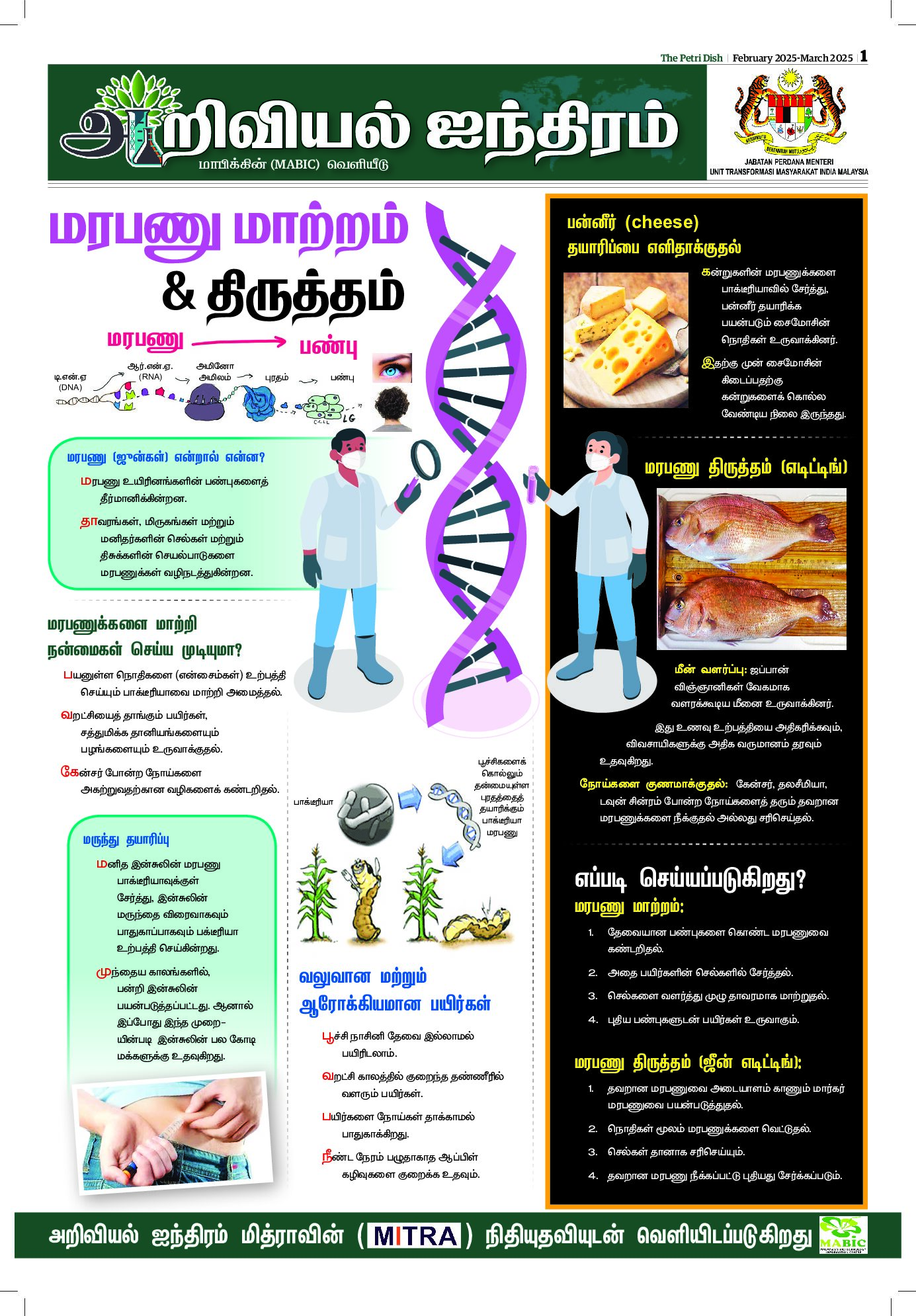SCIENTISTS from the Institute of Genetics and Developmental Biology of the Chinese Academy of Sciences (CAS) have found a gene that plays an important role in helping rice adapt to low soil nitrogen. Nitrogen fertilizer has an indispensable role in increasing crop yields, but on the other hand, it creates a severe threat to ecosystems. For this reason, breeding new crop varieties with high nitrogen use efficiency (NUE) is a high priority for both agricultural production and environmental protection.
Using a diversified rice population from different regions, the scientists carefully evaluated how various agronomic traits responded to nitrogen in fields with different nitrogen supply conditions. They further performed a genome-wide association study (GWAS), with one very significant GWAS signal identified. The detailed mechanisms of how OsTCP19 works in regulating rice tillering were also characterized.
The researchers found that OsTCP19-H, the high NUE allele, was highly preserved in rice types grown in nitrogen-poor regions, but has been lost in rice types grown in nitrogen-rich regions. They also found that OsTCP19-H is also highly prevalent in wild rice which was grown in natural soil without artificial fertilizer input, and concludes that OsTCP19-H introgression into modern cultivars can improve nitrogen use efficiency 20-30% under conditions of decreased nitrogen supply.










